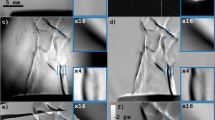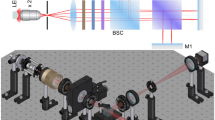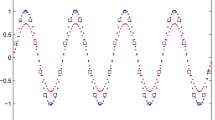Abstract
MOST methods of heterochromatic photometry currently employed are based on dual optical systems, consisting of two beams of light which pass through appropriate filters and fall on two photo-cells. We have developed a method which uses a single beam of light and which appears to have certain advantages over these dual systems. The method has been developed primarily for internal standard flame photometry; but the principles may be of interest to workers in other fields. We wished to compare accurately the intensity of sodium radiation emitted from a flame with the intensity of lithium radiation emitted simultaneously. The wave-lengths involved were approximately 5900 A. and 6700 A.
This is a preview of subscription content, access via your institution
Access options
Subscribe to this journal
Receive 51 print issues and online access
$199.00 per year
only $3.90 per issue
Buy this article
- Purchase on Springer Link
- Instant access to full article PDF
Prices may be subject to local taxes which are calculated during checkout
Similar content being viewed by others
Author information
Authors and Affiliations
Rights and permissions
About this article
Cite this article
WALSH, E., WOLFF, H. Heterochromatic Photometry using Rotating Filters and a Colour Wedge. Nature 167, 683–684 (1951). https://doi.org/10.1038/167683b0
Issue Date:
DOI: https://doi.org/10.1038/167683b0
Comments
By submitting a comment you agree to abide by our Terms and Community Guidelines. If you find something abusive or that does not comply with our terms or guidelines please flag it as inappropriate.



